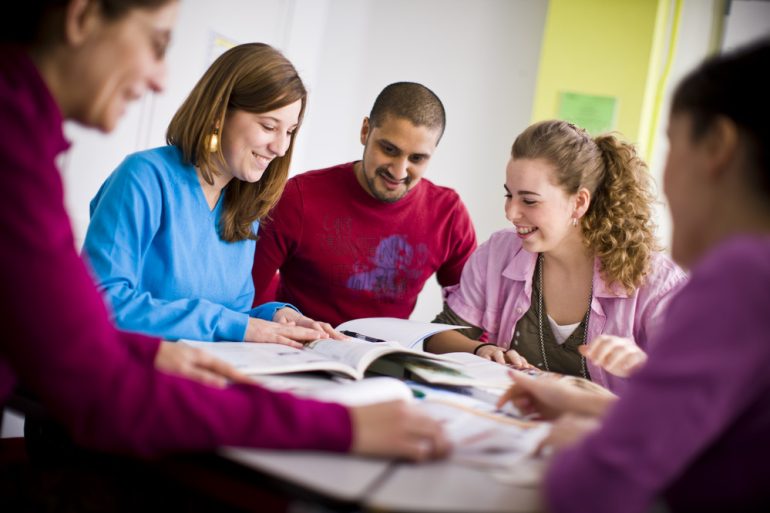When choosing a private secondary school in singapore for their child, it is paramount to do thorough research. Only when one is fully satisfied with their choice, make their final decision and apply for a place. As the process may be long, it is best to start early. If possible, visit the school’s website to see what resources are available to their students and read students’ testimonials.
Find a school with small class sizes.
Private schools charge a lot more for tuition than public schools do. And their students are, on average, much wealthier than public schools’ students. The tuition difference creates an obvious problem. If private secondary schools in singapore are so good at educating their students, they should be able to charge a lot, and public schools should be cheap.
One possibility is that private schools have no real advantage. Maybe, like public school students, private school students are equally smart. Maybe private schools have more money to pay. But private schools do have an advantage: smaller classes. As public schools get bigger, teachers become harder to reach. When teachers have to teach to 35 or 40 students, they spend less time with every student. They teach less well. And the students they do teach are less well off.

A class size of 15 to 20 is not small, but it is small enough that a teacher can know every student. When a teacher’s classes are that small, she can teach well. And because she knows her students well, she can help them understand things they wouldn’t have understood otherwise. For students, smaller classes mean better teachers. Private schools have smaller classes than public schools do. Private schools have the advantage. And private schools are expensive.
Look for a school with a nurturing environment.
The nurturing environment isn’t just about people. It’s about the school’s physical structure, too. A great school is physically comfortable. It should have enough space for everyone to be comfortable and enough space to allow people to move around, both inside and between buildings.
It should be physically comfortable because a school’s physical surroundings affect its climate. Physical comfort is not just about temperatures and humidity. Think about the smells of their school. Do they remind one of home? Would students feel comfortable eating lunch there? A nurturing environment is also about resources. A good school should have a well-stocked library, good science and computer labs, and, of course, a rich curriculum.
Finally, a good school has an encouraging environment. It should be a place where people care about each other. A school’s natural leaders should be seen, not just as teachers but as people who care about others. They should care about not just their students’ academic progress but also their moral and intellectual development. They should care about students as people, not just as bodies. A nurturing environment allows a school’s students to pursue their interests in classes and sports, clubs, and extracurricular activities. A good school unlocks the creativity of its students. It lets them take chances. It lets them realize their ideas. A good school lets students develop their talents and abilities. With encouragement, they not only learn but grow.









